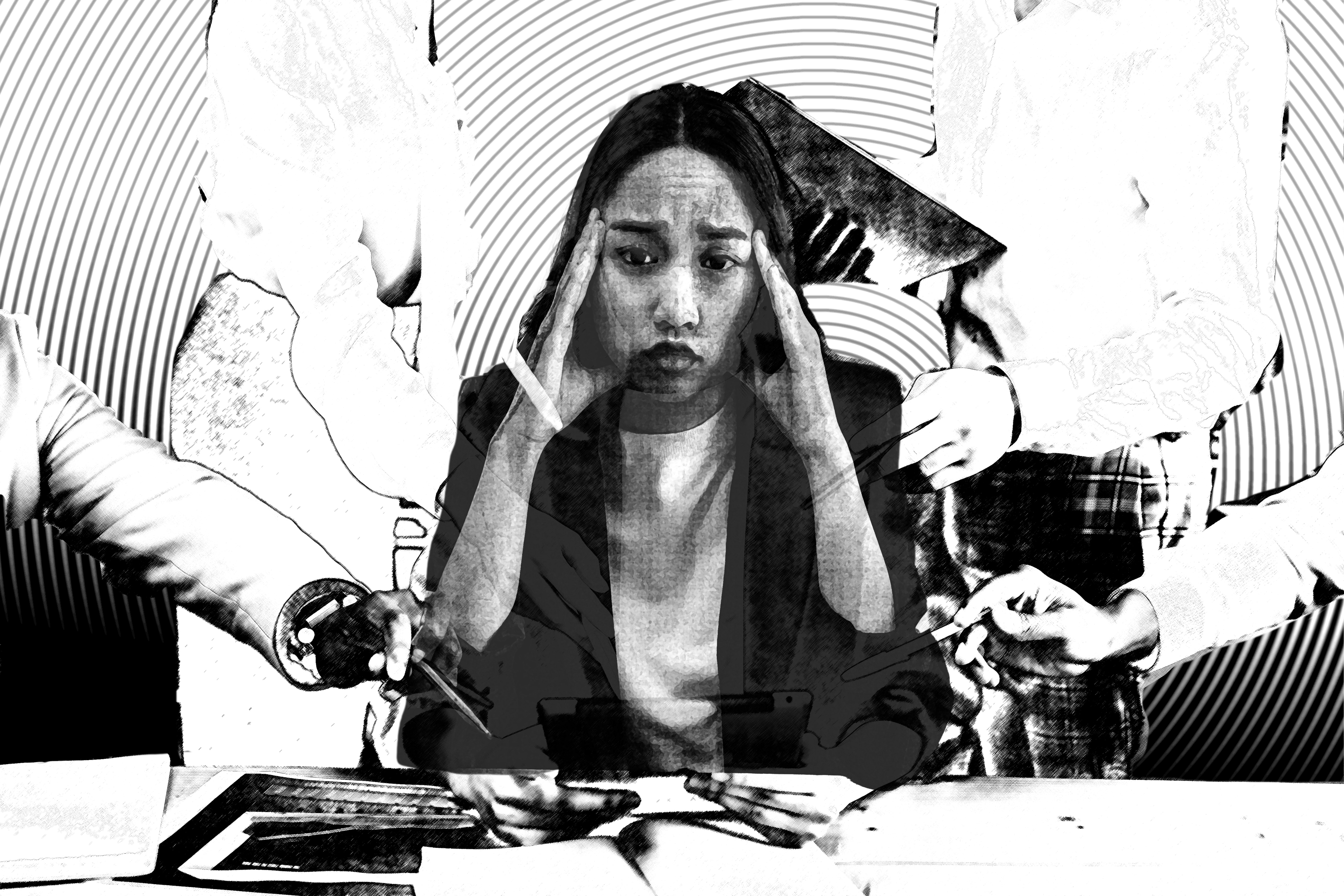
Book review: ‘The Elements of Choice: Why the Way We Decide Matters’ By Eric J. Johnson
If I had to guess, I would say the point of reading nonfiction is to learn something. This is why I chose nonfiction for years, before being burned out by the pattern I found: 98 percent of nonfiction details a huge and scary problem without giving solutions, and the remaining 2 percent lists platitudes and calls them solutions. Of course, learning for learning’s sake is enjoyable in itself; one does not always need to take action after learning something new. But when you’re learning about doom and gloom all the time, the only way I can see to sustain that is to take positive action. Unfortunately, most nonfiction authors don’t seem to feel a sense of responsibility to provide suggestions, thinking their work is done and it’s now “up to the reader” to decide what to do with that information.
But, apropos of the subject of today’s book review, when faced with big problems, people struggle to come up with any ideas for action at all, let alone multiple options. Thus, paralysis. Thus, problem gets bigger. Thus, more paralysis. You get the idea.
Eric Johnson’s “The Elements of Choice” surprisingly did not address what all goes into the skill of coming up with choices on your own (when faced with a difficult problem or otherwise). He also didn’t discuss how people behave when they are not given a choice or if the choices they are offered are given under coercive circumstances (and if such situations allow for true choice), which, given the current public health climate, is surely relevant information. Either way, “The Elements of Choice” seemed like a really interesting read that might actually be empowering … and most of it is.
Through entertaining and sometimes tragic stories of others’ interactions with “choice architecture,” I learned about the structures influencing my everyday decisions. I had hoped I would when I picked up the book, because I felt like this knowledge might help take my power back from either unintentional or intentionally nefarious motives from the people designing the choices I encounter every day.
But then Johnson inevitably delivers the bad news: Most people don’t think they are being influenced even when it is clearly shown to them that they are being influenced. Worse, educating people on choice architecture doesn’t seem to affect their decision making. I read that and have to admit that my first thought was, “Why write such a book as this, then?” If making people aware that their decisions are being influenced does not change their decisions (because they don’t believe they are being influenced, despite the proof in front of them), who really has the power?
The answer seems to be: those who already have it. It is the choice architects who are steering the ships — those with enough power to be designing the websites, menus, health insurance ads and default settings on end-of-life care forms. Johnson’s solution? “Design for others the way you want to be designed for.” So… rely on the good will of people in power? How’s that been working for the disadvantaged so far?
And, of course, because this is nonfiction, it gets worse: Johnson writes, “Choice architecture could be a particularly potent tool for addressing income disparity and social justice. On the flip side, this means that malevolent choice architecture, like the examples we have just discussed, are particularly harmful to those who are the most disadvantaged.” So, learning about what goes into crafting the decisions we make, which could drastically change our lives, isn’t just learning for learning’s sake: Once again, choice design impacts already marginalized people more than their well-off counterparts.
Johnson goes into a lot of detail about how choice architecture works — who chooses what the “default” is, what the motivations of the choice designers are, how colors and arrangements on a menu influence decisions — which is very interesting (though maybe just to people like me who want to know everything about everything).
But what the book doesn’t do is give a lot of power to choosers, which all of us are. After spending almost 200 pages educating us on the elements of choice, he explains that this education really doesn’t do much to help us make better decisions because we don’t know how to use the information that we are being influenced. Shouldn’t that be the book Johnson writes, then?
Like most nonfiction, it saves the last 1 percent of pages for “solutions,” most of which amount to vague declarations to do things we either actually can’t or that don’t pertain to us. Overall, Eric Johnson’s “Elements of Choice” feels like one more nonfiction book that goes into great and grave detail about a problem that disproportionately affects the already disadvantaged but doesn’t provide a lot of ideas about what individual people can actually do about it. Fingers crossed that those choice architects do the right thing, I guess.
Megan Wildhood is a neurodiverse creative/freelance writer and MSW student at UW. More of her writing is available at https://meganwildhood.com
Read more of the Nov. 17-23, 2021 issue.
"choice" - Google News
November 18, 2021 at 05:20AM
https://ift.tt/3Dr0N4I
Choice by design: New book reminds us how easily influenced we are, without much hope - Real Change News
"choice" - Google News
https://ift.tt/2WiOHpU
https://ift.tt/3c9nRHD
Bagikan Berita Ini















0 Response to "Choice by design: New book reminds us how easily influenced we are, without much hope - Real Change News"
Post a Comment